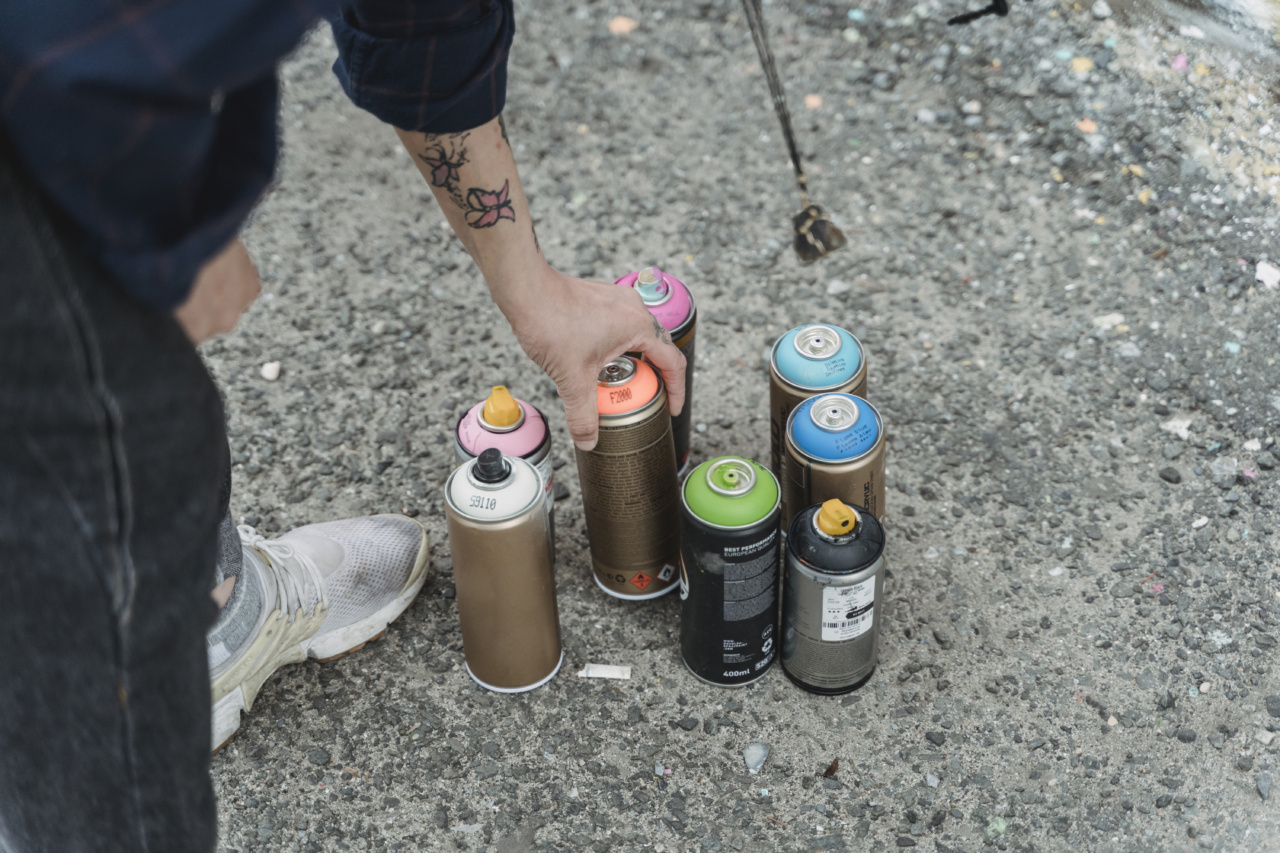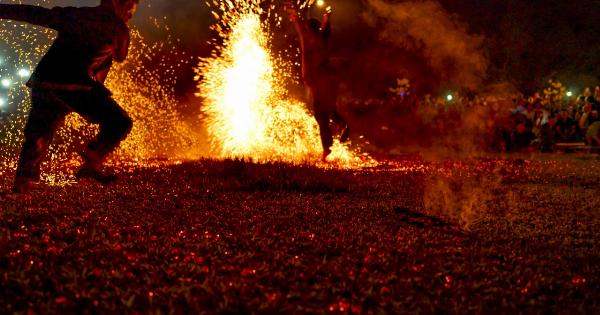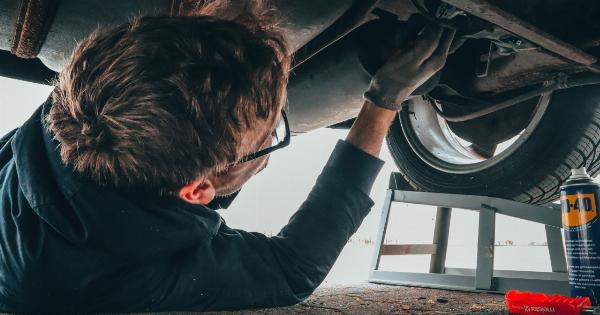When it comes to cosmetic surgery, the nose job, or rhinoplasty, is one of the most common procedures. It involves altering the shape or size of the nose to improve its appearance or function.
But what happens if you’re unhappy with the results of your first nose job? Can you keep getting nose jobs until you’re satisfied, or is there a limit?.
The basics of rhinoplasty
Rhinoplasty is a surgical procedure that can be done under general or local anesthesia. During the surgery, the surgeon makes incisions inside the nostrils or across the base of the nose.
They then reshape the bone and cartilage underneath to create the desired shape.
The recovery period after a nose job can be anywhere from a few days to a few weeks. It’s normal to experience swelling, bruising, and some discomfort during the healing process.
Patients are usually advised to avoid strenuous activity for several weeks, and to avoid blowing their nose for a month or more.
The risks of multiple nose jobs
While there is no technical limit to the number of nose jobs a person can have, there are some risks involved with having multiple surgeries. One of the biggest risks is scarring.
Each time a surgeon makes incisions in the skin, there is a risk of scarring. Patients who have had multiple surgeries may end up with visible scars on their nose that are difficult or impossible to conceal.
Another risk of multiple nose jobs is that the nose may become weaker or less stable over time. Every time the surgeon removes bone or cartilage from the nose, it becomes less structurally sound.
This can lead to a nose that is more likely to collapse or deform with time.
When is multiple surgery appropriate?
While there are risks associated with multiple nose jobs, there are also cases where it may be appropriate. For example, if a person has had a previous rhinoplasty that was poorly done, they may wish to have it corrected.
In this case, the surgeon may need to remove scar tissue or add additional support to the nose. It’s important to note, however, that revision rhinoplasty is often more complex than the initial surgery, and may require more time to heal.
Another situation where multiple surgeries may be appropriate is if a person’s nose has been damaged due to trauma. In this case, multiple surgeries may be necessary to repair the damage and restore the nose to its previous shape or function.
The importance of choosing a skilled surgeon
One of the best ways to minimize the risk of complications from multiple nose jobs is to choose a skilled and experienced surgeon.
A good rhinoplasty surgeon will be able to assess the current structure of your nose and make recommendations based on your individual needs. They will also be able to explain the risks and benefits of multiple surgeries, and help you make an informed decision.
It’s also important to choose a surgeon who has a portfolio of successful surgeries and a good reputation in the industry. Researching the surgeon’s qualifications, experience, and reviews can help you make an informed decision.
The bottom line
While there is technically no limit to the number of nose jobs a person can have, multiple surgeries do come with risks. It’s important to weigh the benefits and risks carefully, and to choose a skilled and experienced surgeon.
With careful consideration, you can achieve the results you’re looking for without compromising the structural integrity of your nose.




























